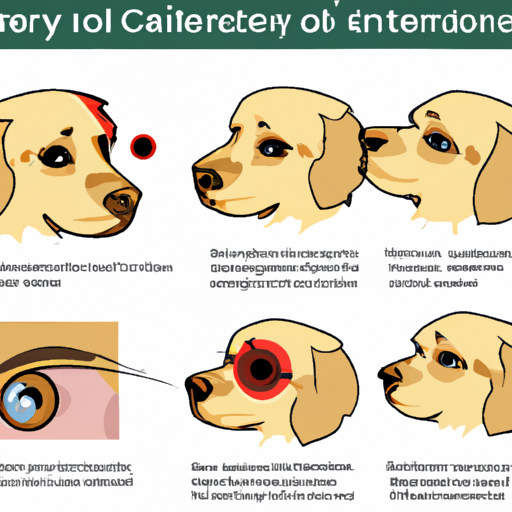As a loving pet owner, nothing can be more alarming than seeing your furry friend in distress. One such condition that might cause your dog discomfort is cherry eye. Don’t worry, you’re not alone in this battle. Here’s a comprehensive guide on how to fix cherry eye in dogs, written with a caregiver’s heart.
Understanding Cherry Eye
Cherry eye, medically known as nictitans gland prolapse, is a condition in dogs where the third eyelid’s gland pops out, causing a swollen red mass in the corner of the eye, similar to a cherry—hence the name. It’s a common condition in dogs, especially in breeds like Bulldogs, Cocker Spaniels, and Beagles.
It’s not life-threatening but if left untreated, it can lead to complications such as dry eye or conjunctivitis. Being aware of this condition and knowing how to respond is crucial for your pet’s well-being.
How to Identify Cherry Eye
You might be wondering, “How can I be sure it’s cherry eye?” Here are the tell-tale signs:
- Red, swollen mass in the corner of the eye
- Excessive tearing
- Pawing at the eye
- Partially closed eye
Your dog might not show all these signs, but even one or two can be a strong indication of cherry eye.
Treatment Options for Cherry Eye
If you suspect your pet has cherry eye, it’s best to consult a veterinarian right away. They can provide a definitive diagnosis and discuss treatment options, which may include:
- Surgery: This is the most effective treatment for cherry eye. The gland is repositioned rather than removed, as it plays a crucial role in tear production.
- Medication: In some cases, anti-inflammatory medicines or eye drops might help reduce swelling and provide temporary relief.
| Treatment Option | Pros | Cons |
|---|---|---|
| Surgery | Permanent solution | Requires anesthesia |
| Medication | Non-invasive | Not a permanent solution |
Caring for Your Dog Post-Treatment
After treatment, your role as a caregiver doesn’t end. Your dog will need your support during the recovery period. Here’s what you can do:
- Keep your dog’s environment clean and comfortable.
- Prevent your dog from scratching the eye area by using an Elizabethan collar.
- Administer prescribed medications regularly.
- Monitor your dog’s condition closely and report any changes to the vet.
Preventive Measures Against Cherry Eye
Although the cause of cherry eye is not known, keeping your dog’s eyes clean and healthy can help prevent any eye-related issues. Follow these steps:
- Regularly check your dog’s eyes for any abnormalities.
- Keep your dog’s face clean, especially in breeds with wrinkly faces.
- Provide a balanced diet to support overall health.
FAQs
Q: Is cherry eye painful for dogs?
A: It can cause discomfort, but it’s not typically painful.
Q: Can cherry eye be prevented?
A: There’s no known prevention method as its cause is unknown, but maintaining your dog’s overall health can help.
Q: Can cherry eye go away on its own?
A: Rarely, cherry eye can resolve on its own. However, it’s best to seek veterinary help to avoid complications.
Remember, while you can’t prevent cherry eye, early detection and treatment can make a big difference. Stay informed, stay vigilant, and you’ll be well-equipped to handle this challenge.



